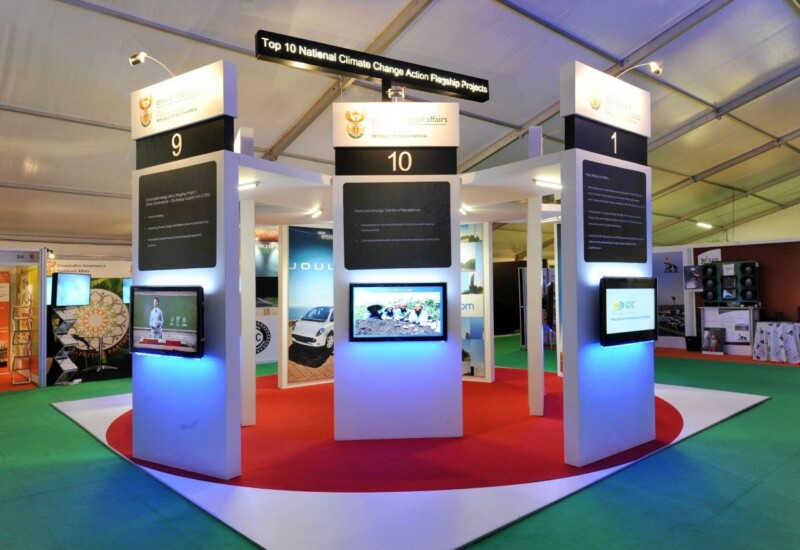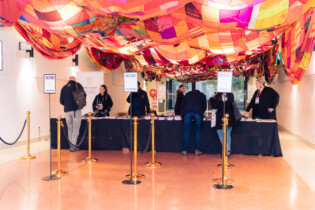No-one can afford to – or at least should not be allowed to – undertake any activity whose benefits are less than the resources utilised to undertake it. Obviously resources not only relate to financial, but should include time as well as lost opportunity ‘costs’, among a multitude of other factors. Organising an exhibition, participating in an exhibition, or commissioning a designer stand should be no different.
Even a rudimentary search on ROI/exhibitions/exhibition stands produces thousands of articles on the topic. Indeed most, if not all organisers and stand builders promote the measurement of a ROI in some shape or form. It is in our interests to do so, because a happy client (and who cannot but be happy with a positive, measurable and identified ROI) is one who will inevitably retain the services of such a provider.
There are a multitude of available tools. Some more complex than others, for example those arising out of the FMCG (Fast Moving Consumer Goods) market sector. We may, as consumers, feel that our privacy is invaded, but face-recognition software can allow an exhibitor to track the reaction of a visitor to a specific graphic or an actual product on a stand. Software that measures how long or how many visitors stop and view a product or a graphic can provide valuable input into enhancing the marketing techniques for that product. There exists automatic software that counts visitors as they traverse a stand, monitoring direction, time and interaction.
There would obviously be an input cost for the implementation of such ‘advanced’ tools. Although I have not found research on the cost sensitivity of exhibitors in regards to spending additional funds on being able to accurately measure of ROI, I suspect that it is no different from the low single digit figure that exhibitors are willing to pay as an additional cost in order to have a greener, more environmentally friendly stand.
There are many other techniques and methodologies available – many at a relatively small cost, but all which require a degree of discipline and management control. These can include lead generation monitoring, enquiry follow-up techniques and exhibitor training, among others. These are all well-established – but remain under-utilised.
Another interesting aspect of improving an exhibitor’s ROI is to carefully select and make a conscious decision over which exhibitions to participate in. Exhibiting at a conference, in a so called ‘Confex‘, has many advantages. Although the number of visitors will often be significantly less than participating in the more traditional forms of exhibition (typically in the low hundred’s, rather than in the thousands) the advantage is that by selecting a specific conference, reviewing the conference’s past records, the programme and other factors, the exhibitor is able to very accurately match their products and services to the projected profile of delegates who will attend.
In addition, another advantage of exhibiting at a conference is that a product or service is repeatedly exposed to a delegate on numerous occasions over the duration of the conference – often two or three days. This compares to the typical less than thirty-second exposure by a visitor traversing an exhibition stand. An exhibitor at a Confex therefore has ample opportunities to build a relationship with both existing clients, as well as new potential clients during a conference – including the opportunity to interact on a social/leisure basis.
A potential exhibitor considering a Confex should not limit the basis of their decision only on the subject matter of the conference, but must carefully consider the profile of the delegates. The subject matter of a conference may possibly be less important than the actual delegate profile. For example, a conference whose delegates are typically well qualified professionals could be an ideal forum to exhibit financial services, leisure activities, motor vehicles, etc.
Never the less, whether exhibiting at an event with a couple of hundred participants or an exhibition with tens of thousands of visitors – it is equally important that exhibitors discuss methodologies with the organisers to monitor and measure a ROI – and then use them – so that informed decisions can be made.







